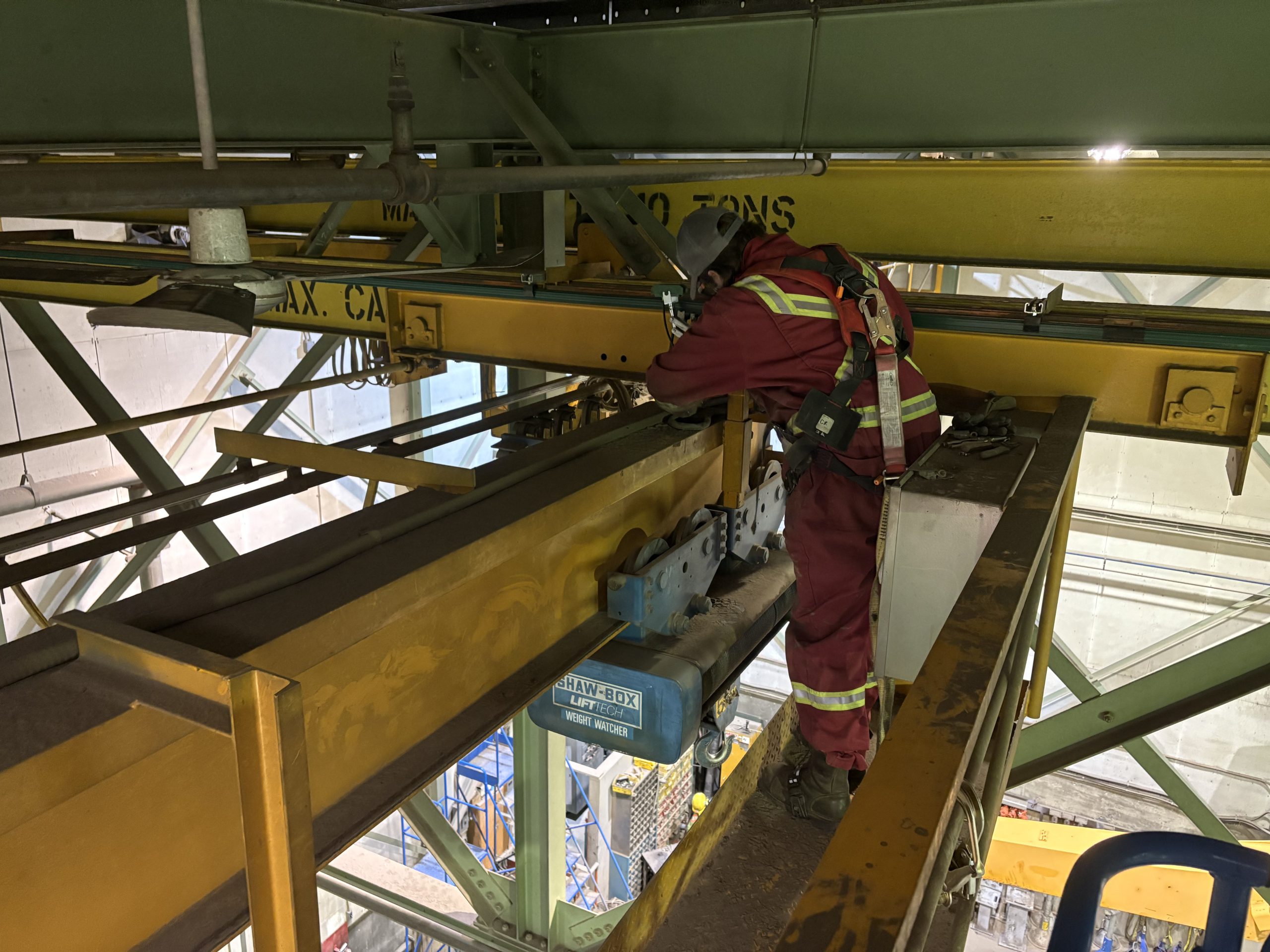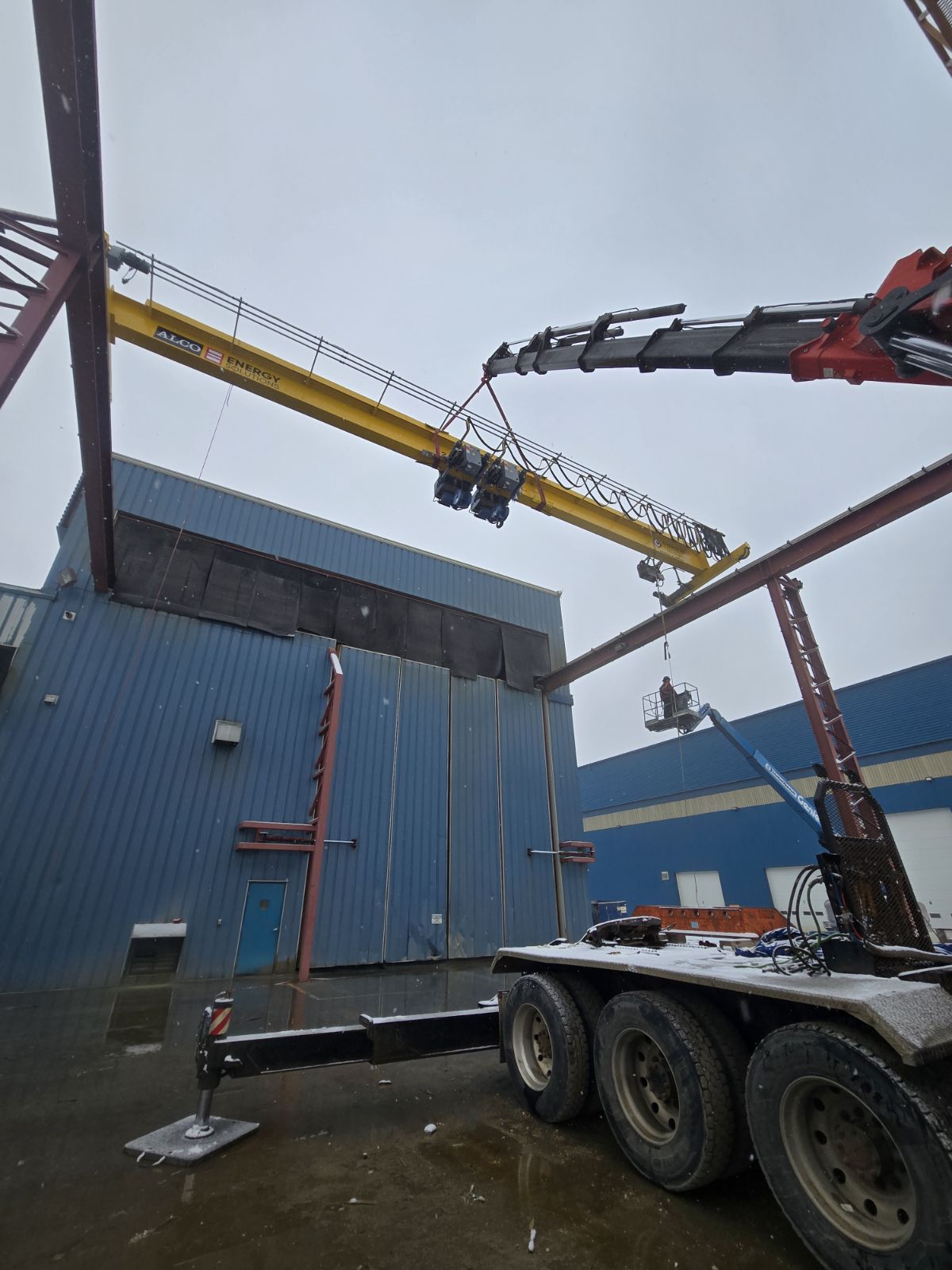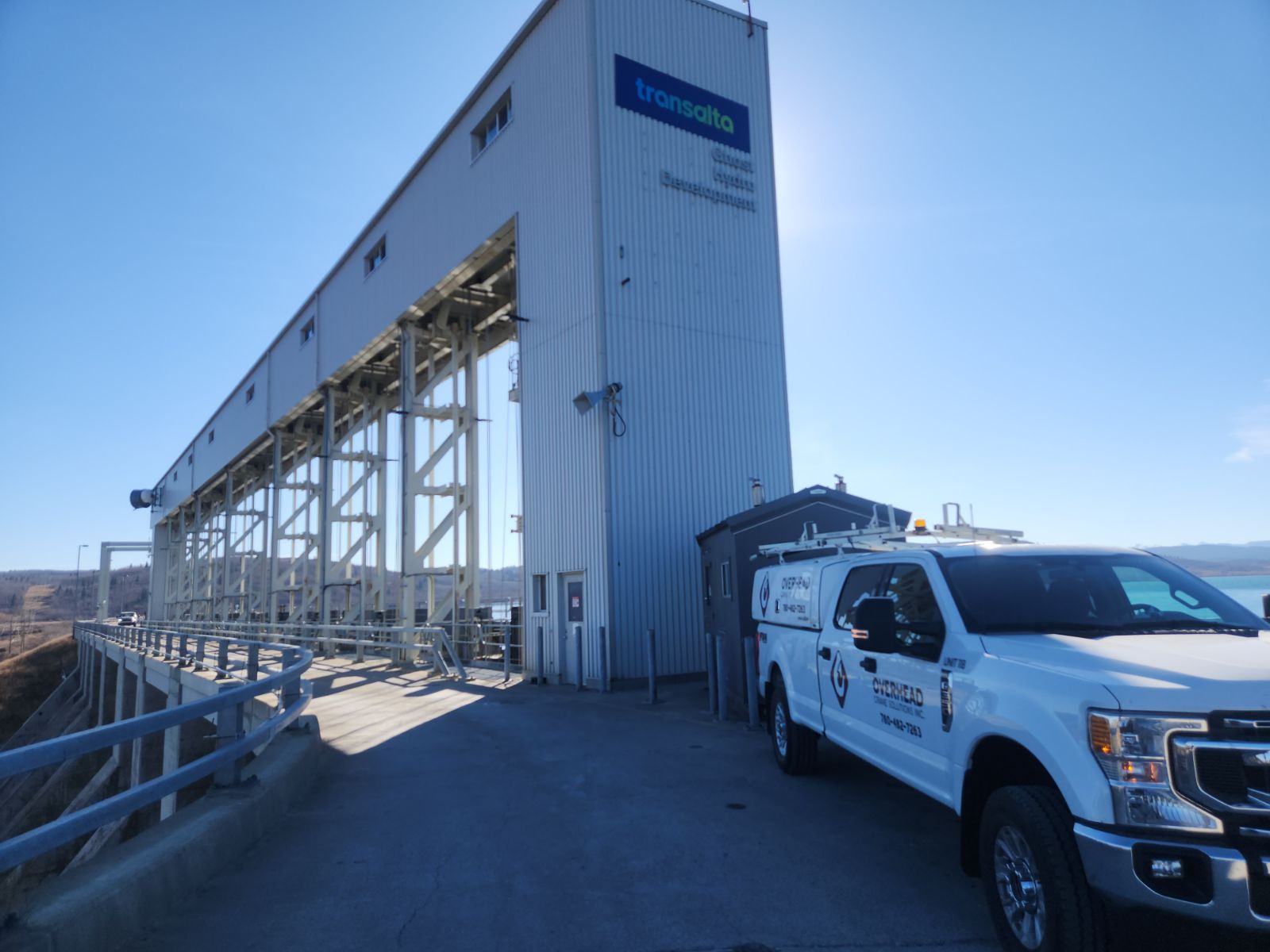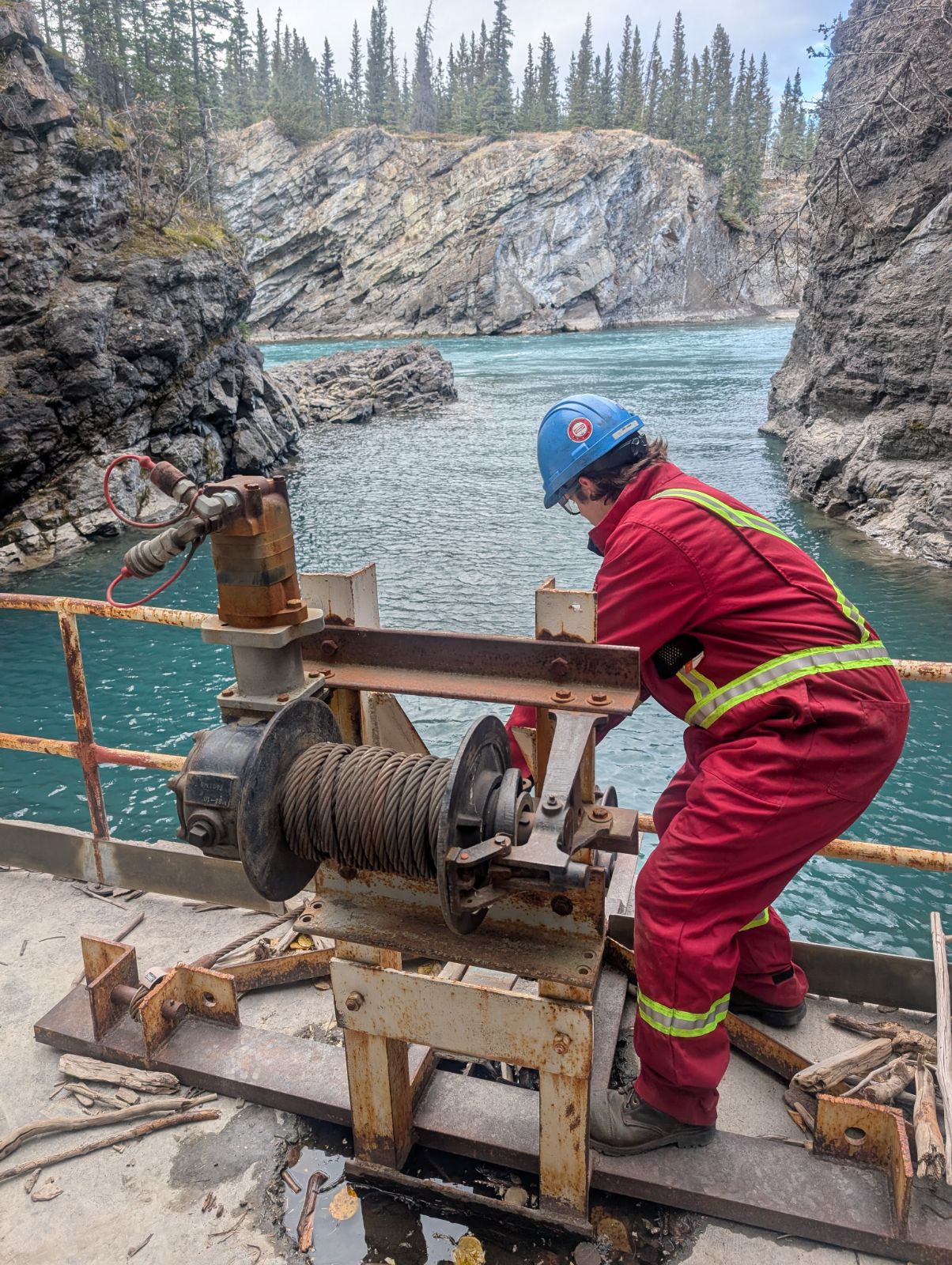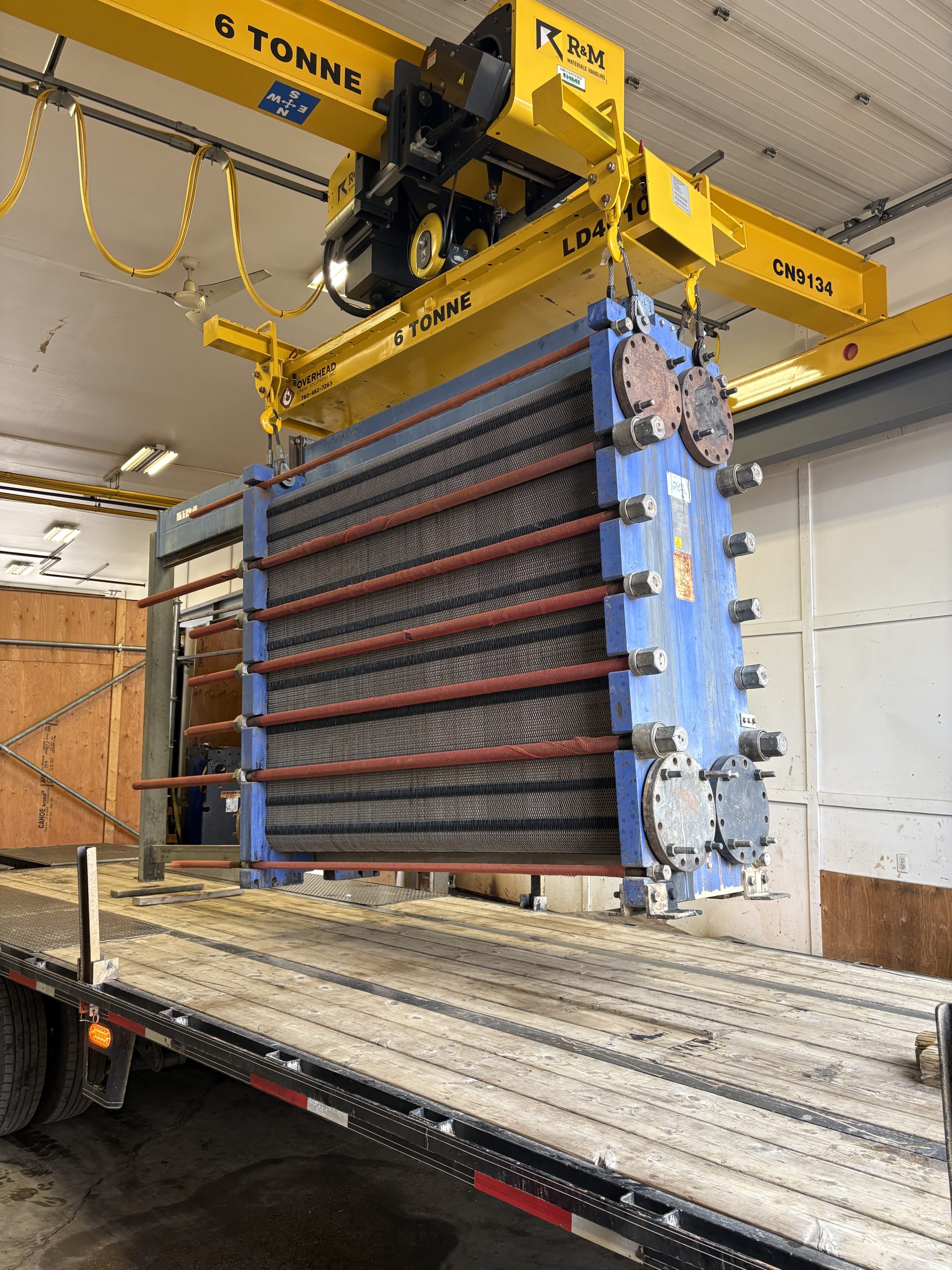Overhead cranes play a pivotal role in industries like manufacturing, construction, and shipping, where lifting and moving heavy materials is a daily need. However, as technology advances, so do the options for optimizing crane performance, safety, and efficiency. If you’re considering an upgrade, modernizing your overhead crane may be the ideal solution. Here’s why and how to go about it.
Why Modernize Your Overhead Crane?
Modernizing an overhead crane means upgrading its electrical and mechanical components to boost performance, enhance safety, and reduce operational costs. Here’s why modernization can be a smarter option than a complete replacement:
- Cost-Effectiveness: Modernization is often significantly cheaper than purchasing a new crane.
- Extended Lifespan: Upgrades can give your crane many more years of service.
- Increased Productivity: Newer technology reduces cycle times, allowing faster and more efficient operations.
- Energy Efficiency: Modern components typically consume less power, reducing energy costs.
- Enhanced Safety: Upgrades add new safety features, protecting both workers and equipment.
- Reduced Downtime: Modernized cranes experience fewer unexpected shutdowns, keeping operations running smoothly.
- Improved Control: New systems provide better precision, enhancing overall control of crane movements.
- Less Wear and Tear: Upgrades to high-quality components mean less frequent maintenance.
- Faster Parts Availability: Modern systems often come with better support and easier access to replacement parts.
Key Upgrades for Your Overhead Crane
If you’re ready to modernize, here are the most impactful upgrades to consider:
1. Motor Controls Modernization
- Variable Frequency Drives (VFDs): VFDs provide fine control over AC motors, which reduces wear, enhances safety, and improves energy efficiency. These are excellent for cranes with AC-driven trolleys, hoists, and bridge systems.
- Solid-State Digital DC Drive Controls: For DC cranes, upgrading to solid-state digital controls helps with performance and energy recovery, making the crane more efficient and reliable.
2. New Motors Installation
- Benefits of New Motors: Installing new motors can address discrepancies in RPMs (rotations per minute) between dual motors, improving alignment, reducing wear, and enhancing uptime. Newer motors are typically more efficient and require less maintenance, which boosts overall operational reliability.
3. Upgrading Crane Brake Systems
- Modern Brake Systems: New brake systems offer advanced features like automatic adjustment and self-lubrication, which reduce maintenance demands and crane downtime.
- Brake Options: Choose from:
- Drop-In Brakes: These are cost-effective and fit existing brake dimensions.
- Brake-by-Wire Systems: Using AC thrusters, these systems eliminate environmental risks linked to hydraulic systems.
- AC Thruster Brakes: An upgrade from DC drum brakes, these allow for adjustable stopping torque and provide automatic equalization.
4. Remote-Control Systems
- Remote-Control Benefits: By eliminating the need for hanging control cords, remote controls allow operators to work from a safer distance, enhancing safety and flexibility.
- Options: Radio Frequency (RF) controls are generally preferred for their range and ability to function well in different environments.
5. Anti-Collision Systems
- Functionality: Anti-collision systems employ infrared sensors or lasers to prevent cranes from colliding with other structures, equipment, or cranes.
- Benefits: This feature reduces maintenance costs, protects employees and loads, and limits damage to infrastructure.
6. Upgrading Crane Lighting
- Enhanced Visibility with LED Lights: LED lighting can be added to most cranes, providing brighter and more durable illumination at lower energy costs. This upgrade improves load positioning and safety by ensuring better visibility for operators.
Signs It’s Time to Modernize
Modernization may be a good option if you’re noticing any of the following issues with your overhead crane:
- Component Wear: Parts wear out faster than expected.
- Safety Issues: There are increased near misses or safety incidents.
- Frequent Downtime: The crane is experiencing more unexpected shutdowns.
- Load Positioning Problems: The crane struggles with accurate load positioning.
- Obsolete Parts: Replacement parts are hard to find or outdated.
- Inspection Problems: Frequent issues are flagged during inspections.
- Longer Cycle Times: Operations are taking more time to complete.
Conclusion
Modernizing your overhead crane can significantly improve safety, efficiency, and reduce operating costs. If you notice any signs that it’s time for an upgrade, consider modernizing your existing crane instead of replacing it. By investing in these enhancements, you’re setting your facility up for a safer and more productive future.


